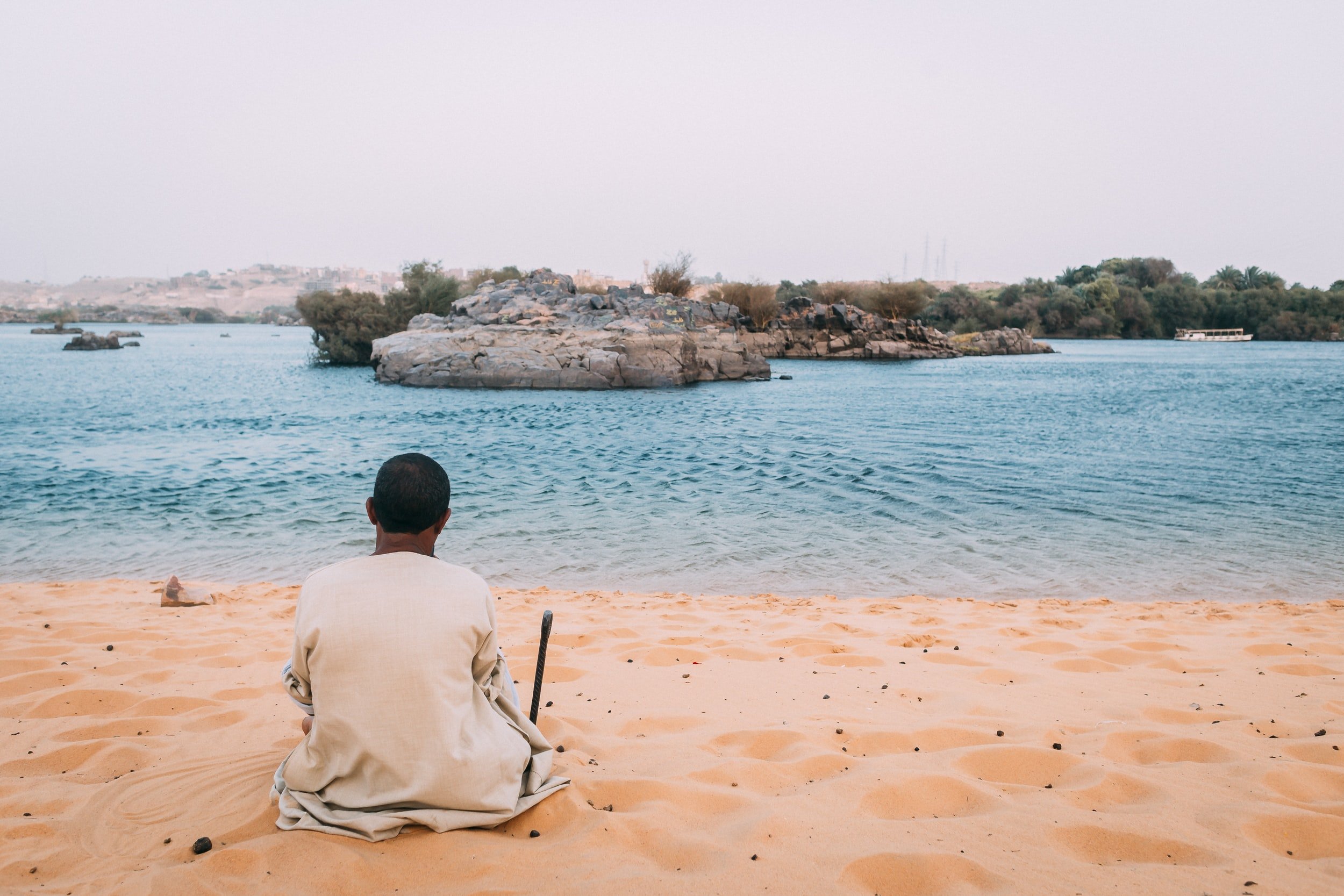Welcome to Tableya
The blog where we delve deeper into the food of Egypt and some of the unique cultural aspects around it
The Breads of Egypt
The Breads of Egypt is the series that attempts to document and present the various types of bread found across Egypt. The aim is to provide reliable and accurate recipes that can be repeated by home bakers wherever they are in the world.

The Breads of Egypt: Semit - سميط
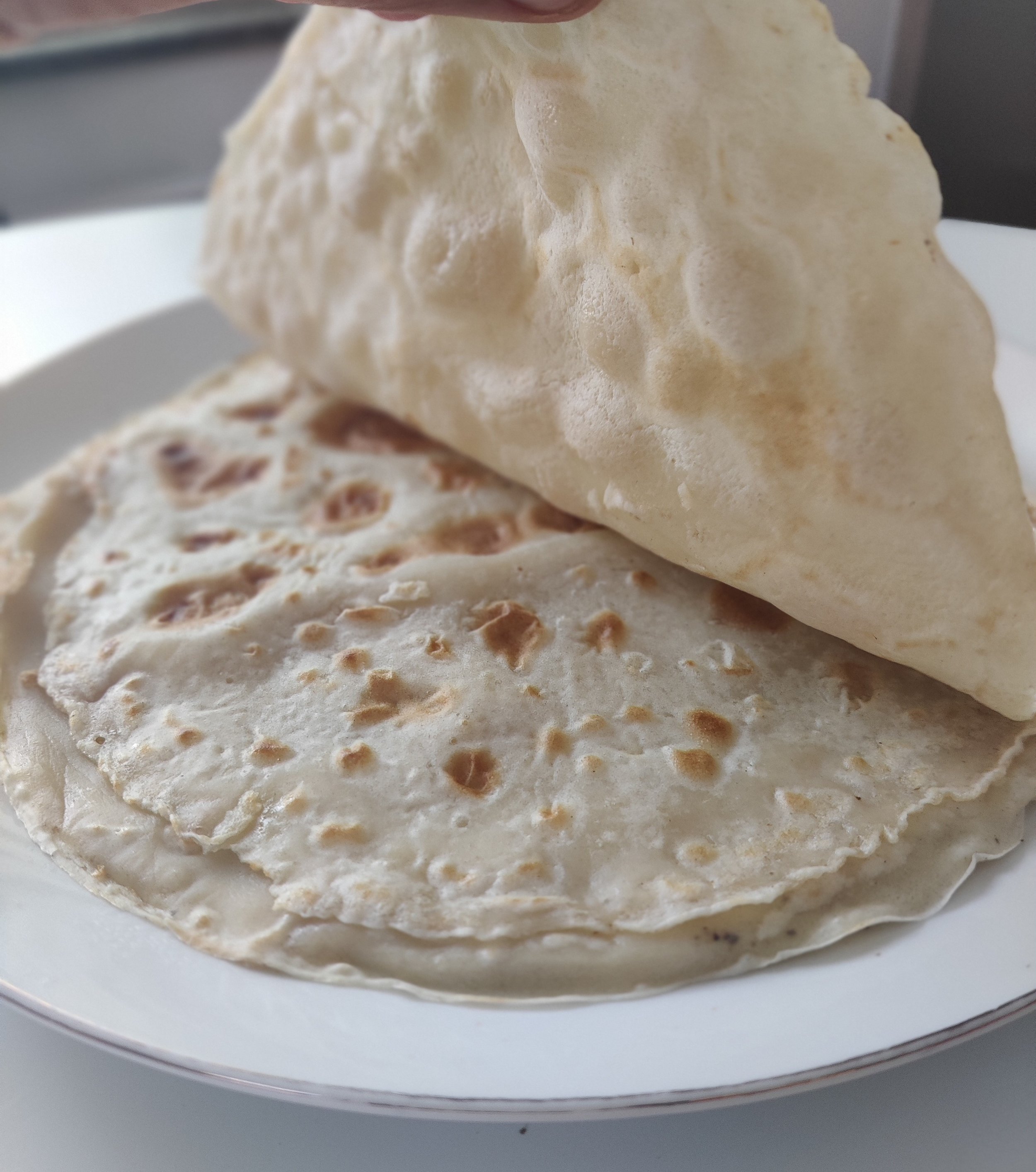
The Breads of Egypt: Kabed - كابِد
Nubia is a unique region in the south of Egypt with a distinct culture and character that sets it apart from the rest of the country. It is home to the Nubian languages which are spoken by people living in the Egyptian side of Nubia, as well as the far north of Sudan, with the Kenzi dialect estimated to be the more common dialect in Aswan and its surrounding area.
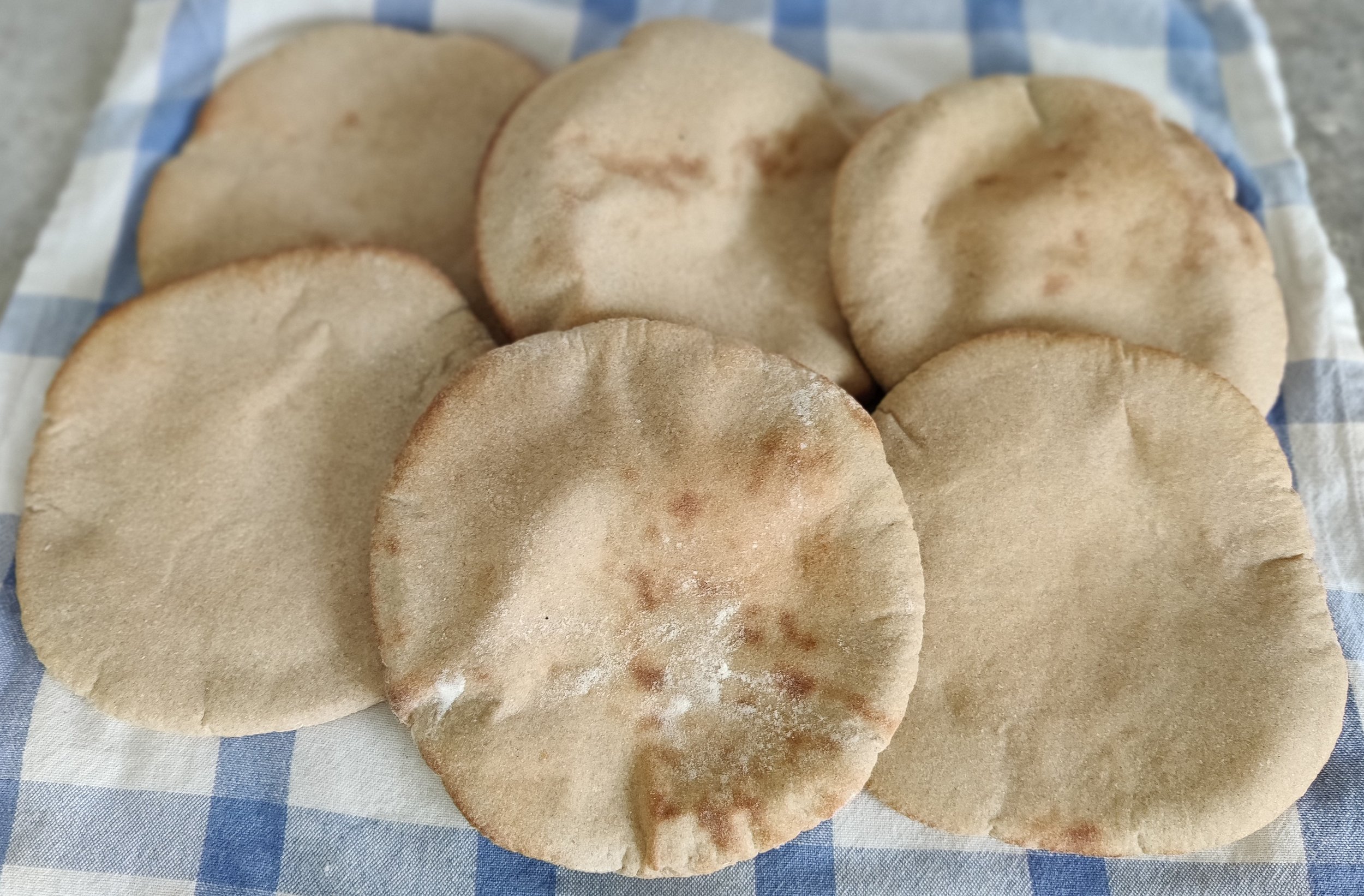
The Breads of Egypt: Barley bread - عيش الشعير
Barley is one of the oldest grains in the history of humanity. Remains of barley and wheat have been found by archaeologists in Egypt dating back to more than 7000 years. Barley was seen as such an important crop in Ancient Egypt that it was actually used in the Hieroglyphic writing system.
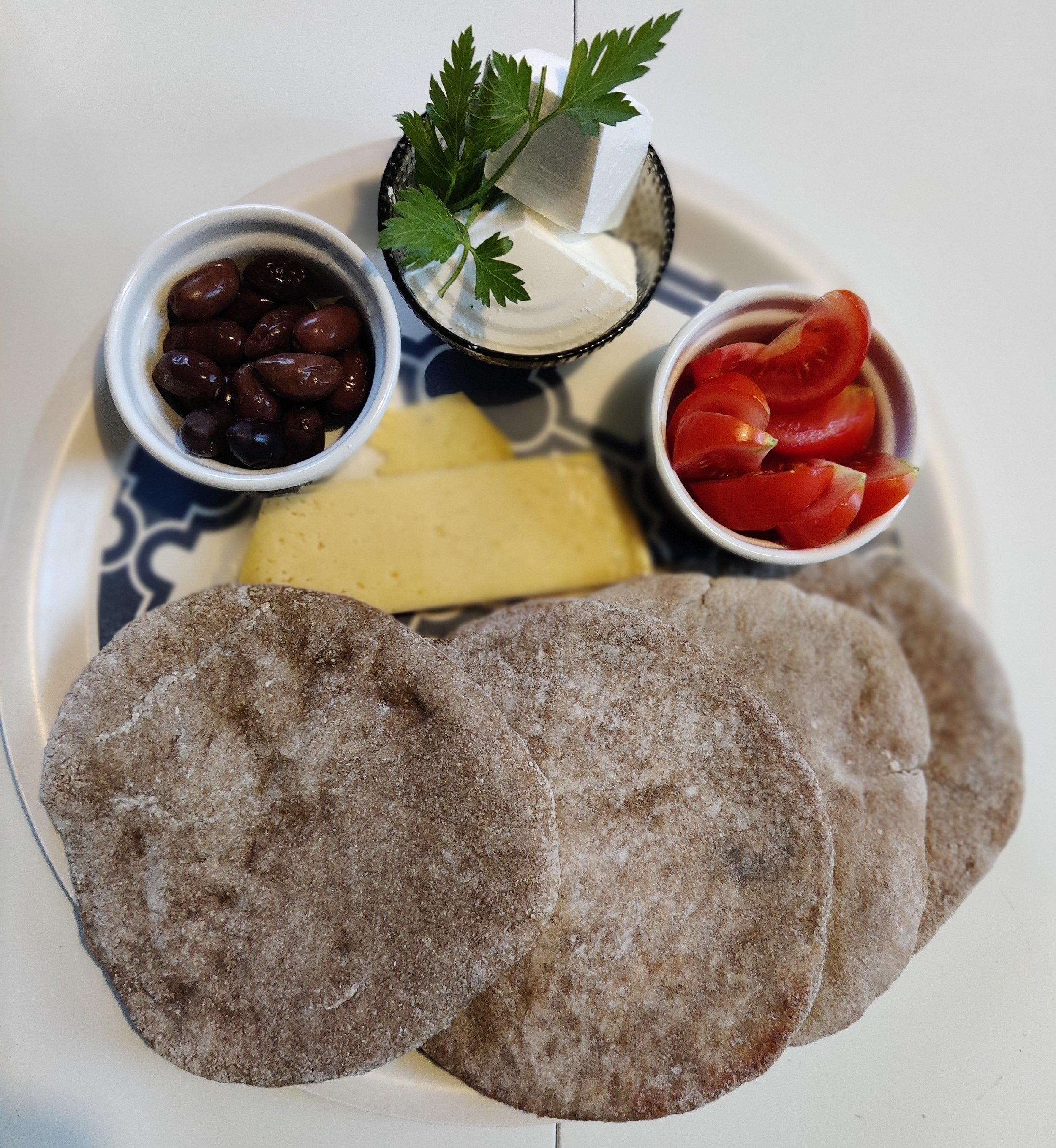
The Breads of Egypt: Eish Senn - عيش سِن
Eish senn is probably Egypt’s least glamorous bread. Most Egyptians who know about this bread know it in a very specific context: dieting. It exists across supermarkets in its dried, crunchy form as a healthier alternative to the more common balady. The idea is that a dark, bran-rich bread will be more filling than white bread and therefore discourage over-consumption and make you feel full for longer.
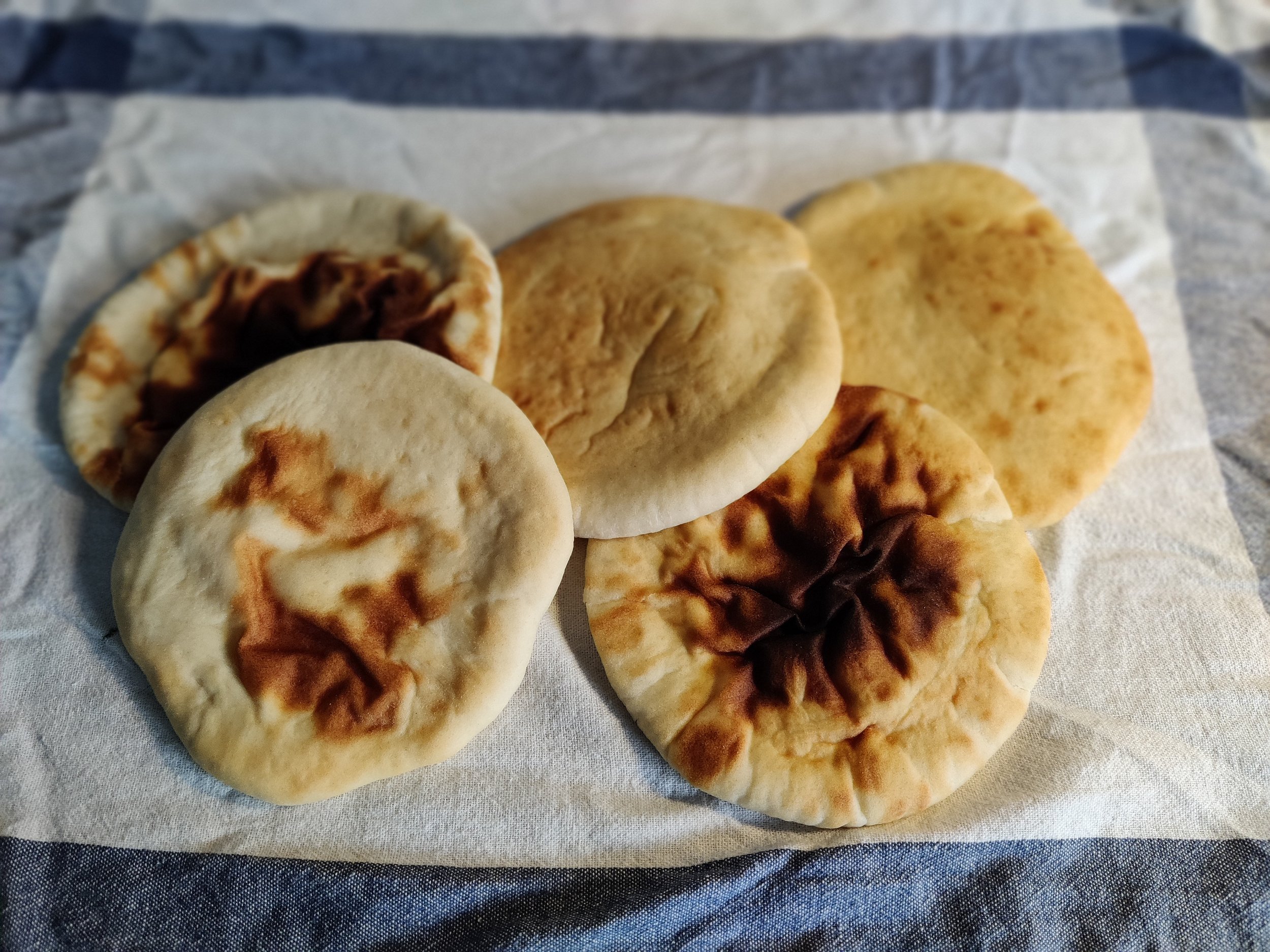
The Breads of Egypt: Bakakeen - البكاكين
One of the most common social habits in Egypt is to bring something with you when going to visit people; in many cases, people bring something sweet. While your aunt or uncle whom you see regularly might walk into the door with some fruit, one day my friend Ahmed El-Deeb saw fit to drop by with an assortment of bread. One of the types he brought was this bakakeen bread, also known as komag in his hometown of Mansoura.
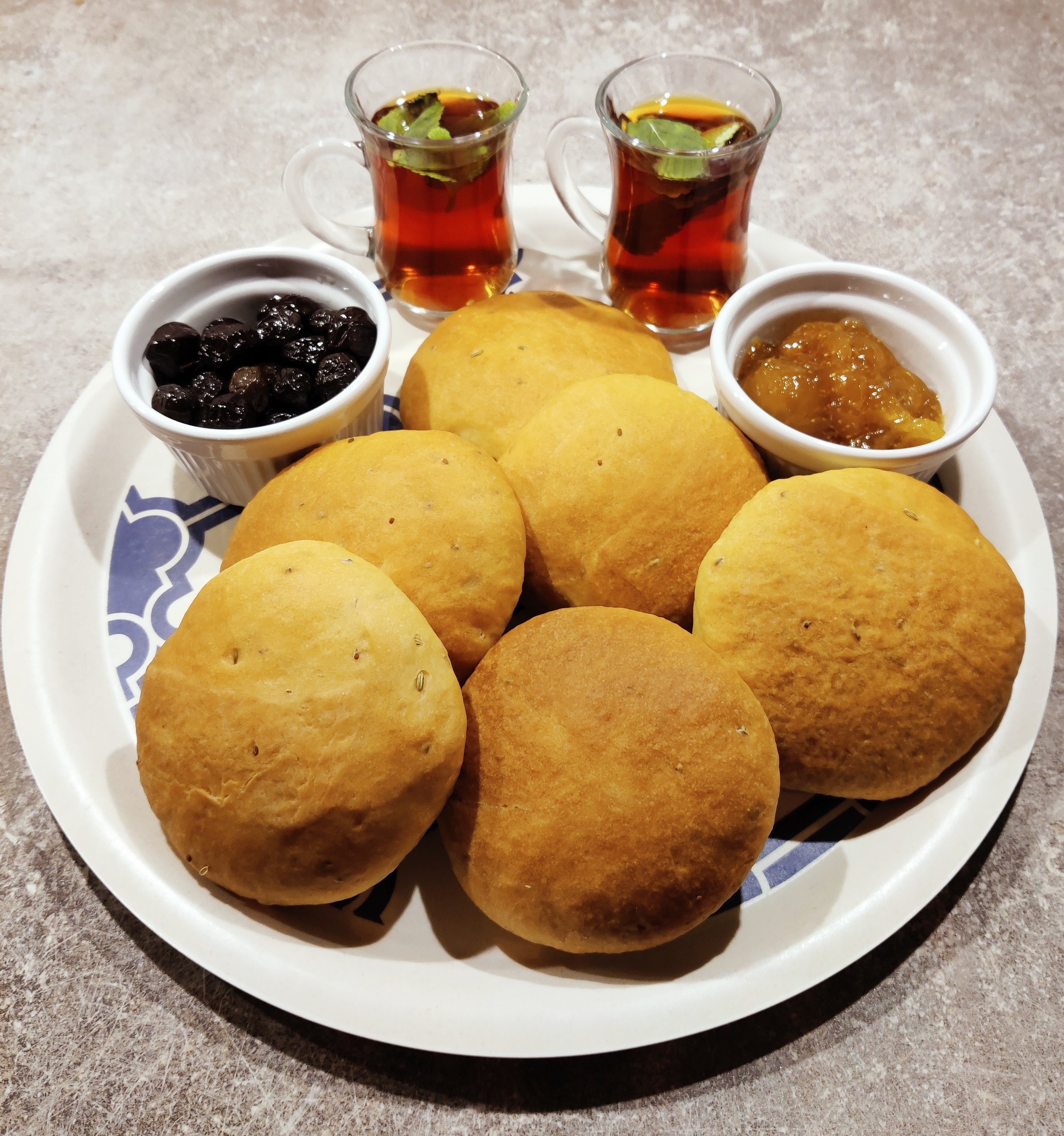
The Breads of Egypt: Qoras - قُرَص
There are many social habits and traditions across Egypt that involve food of some kind, and baked goods have a special place in traditions. One of the oldest traditions involving baked goods is eating qoras when visiting cemeteries to pay their respects to the dead. Historians attribute this tradition all the way back to ancient Egypt and it still lives on to this day.
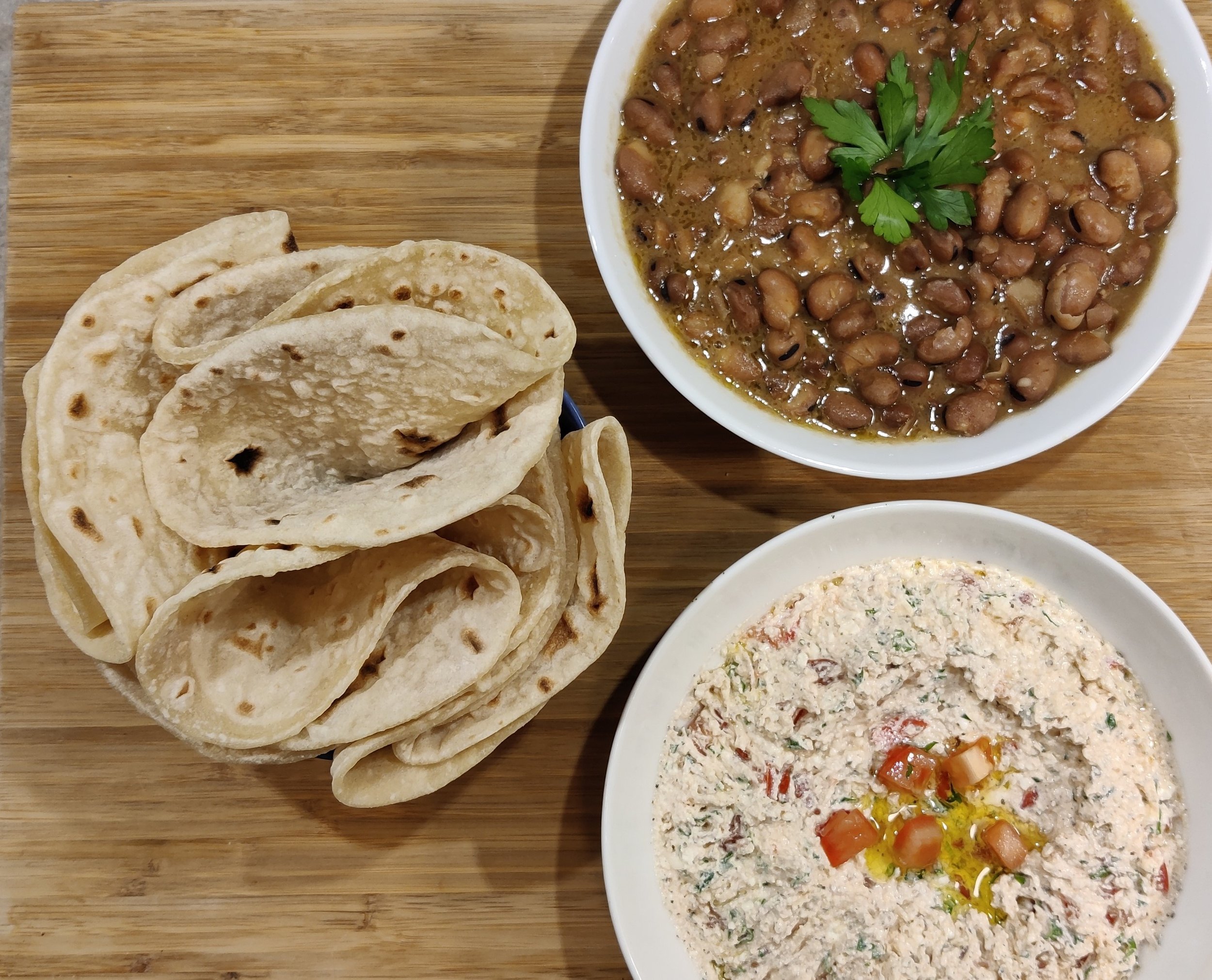
The Breads of Egypt: Farasheeh - فراشيح
The Sinai Peninsula has long been a region of Egypt with a distinct character. The breathtaking mountains in South Sinai are where Egypt’s highest peak is to be found and it’s also where scripture tells the story of Moses talking to God.
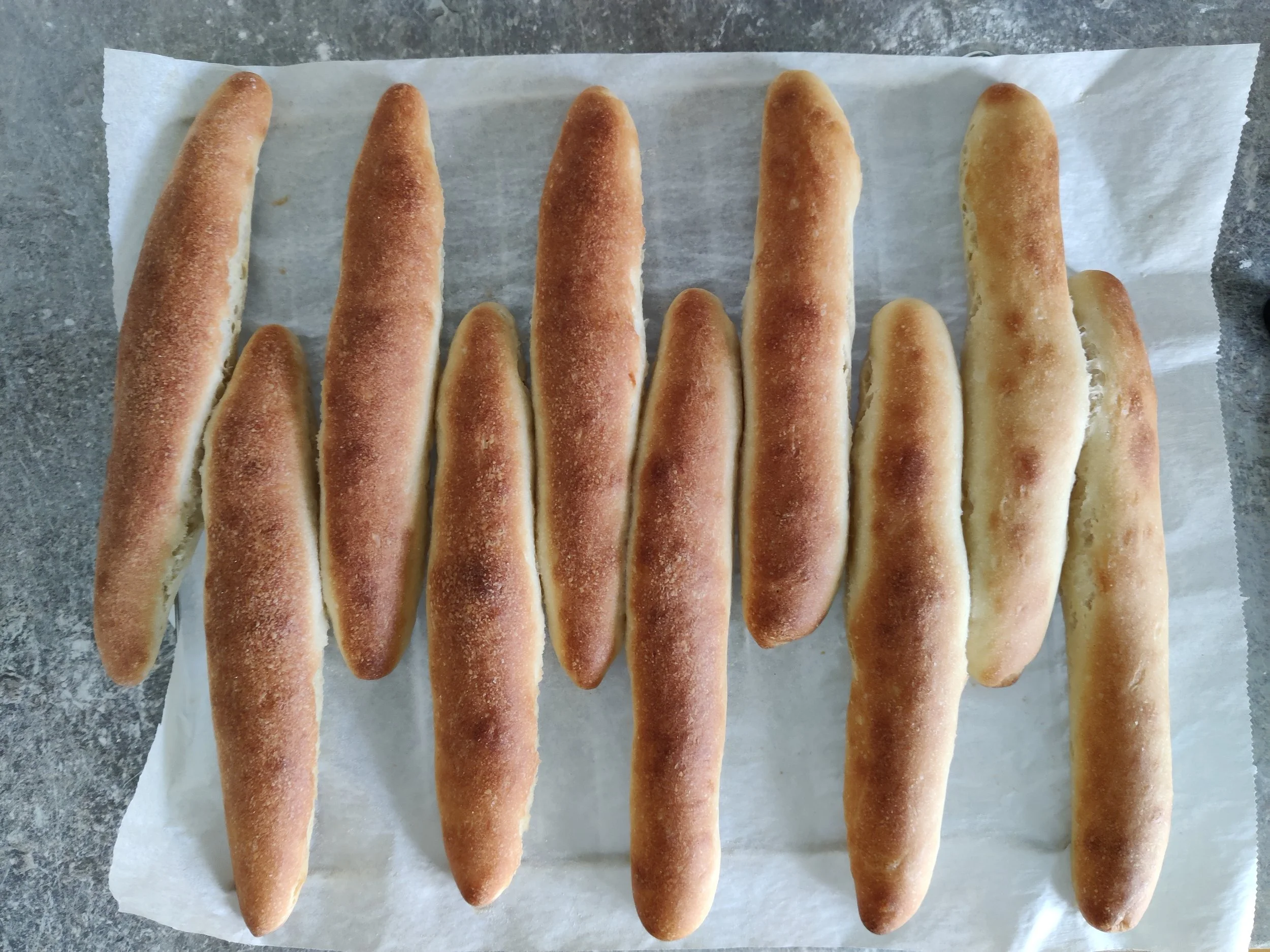
The Breads of Egypt: Fino - فينو
Across most Egyptian cities, you’ll find bakeries everywhere and they are labelled based on the kinds of baked goods they make.
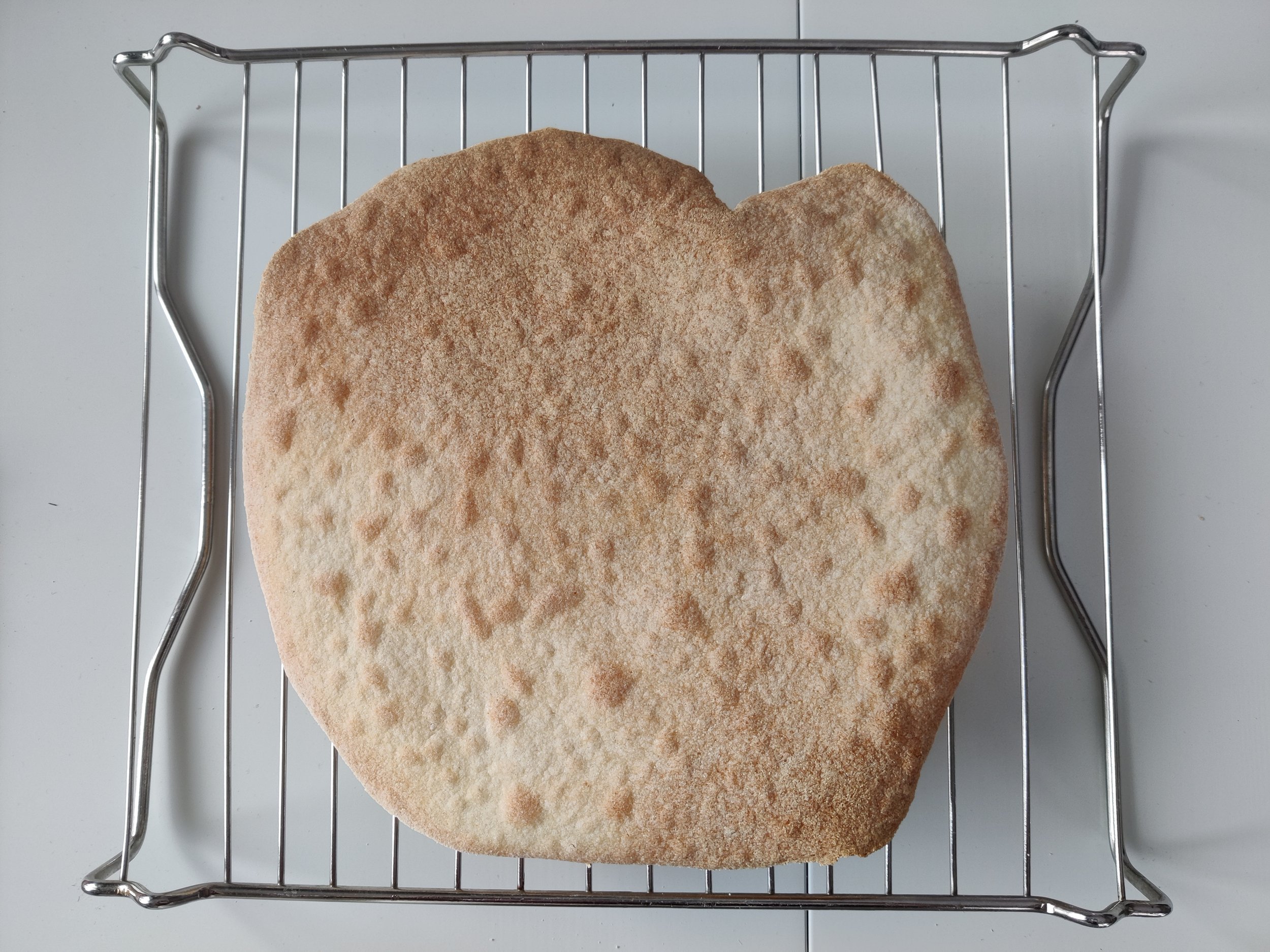
The Breads of Egypt: Battaw with Fenugreek - بَتّاو بالحلبة
Battaw is a name spoken up and down Egypt to describe a few different types of bread, some thin and crispy, others soft and chewy.

The Breads of Egypt: Eish Baladi - عيش بلدي
Ubiquitous, fundamental and uniquely Egyptian. Eish baladi feels like the best type to Egyptian bread to start off this series.
